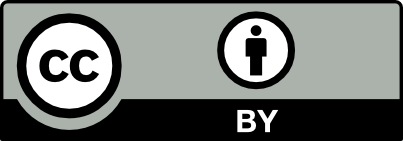Influence of abiotic disorders on nutritional values of tomato (solanum lycopersicum)
DOI:
https://doi.org/10.14232/analecta.2014.1.42-47Abstract
Susceptibility to abiotic disorders could play a key role in the utilization of landraces of tomato. These races have been abandoned due to non-compatibility to today’s intensive agriculture. As there is dissatisfaction on present varieties and hybrids in the context of flavor and nutritional value, landraces could be a viable alternative for the enhancement of these parameters either “per se” or as breeding background. However, frequent occurrence of abiotic disorders causes yield losses. The hypothesis of the present study is that removal of irregular fruit parts positively influences the nutritional profile of tomato in the context of investigated parameters.In the present study influence of abiotic disorders on total soluble solids (TSS), acid (TA) and lycopene content was investigated on six Hungarian tomato landraces and two commercial varieties. Abiotic disorders occurred were mainly cracking, green shoulder, sunburst and catfacing. Propagation materials were provided by Plant Biodiversity Center Tápiószele. The experiment is supported by Research Institute of Organic Agriculture, ÖMKi. Our results showed that abiotically disordered plant parts have an impact on TSS, TA and lycopene content, however, in case of investigated accessions and varieties the difference was seldom significant. Only in case of TSS a tendency can be experienced, where all samples showed lower results after the removal of abiotically disordered plant parts. In case of TA and lycopene content no tendencies could have been withdrawn.
Downloads
Downloads
Published
How to Cite
Issue
Section
License
Copyright (C) 2024 Authors
This work is licensed under a Creative Commons Attribution 4.0 International License.













